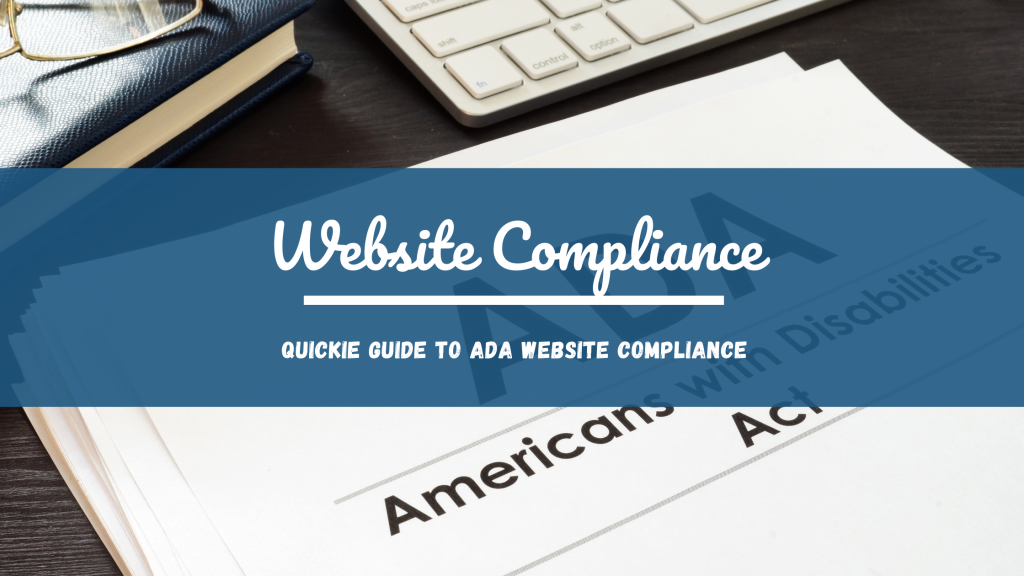
Implement The Best Practices
Implement the best practices to ensure success. Determine whether or not the American Disabilities Act applies to your website. If not, consider making it accessible to people with disabilities to make it easy for them to navigate your site and interact with your content.
Identify key areas that should be accessible and use the latest web content accessibility guidelines to effect the necessary changes.
Incorporate user testing to ensure your site is accessible and meets all the requirements. Ask people with disabilities to test or review your website for accessibility. Identify at least 10 people with different needs and ask them to share their experiences.
Questions to ask testers:
- “What was your experience with our website?”
- “Is the content accessible?”
- “Did you have any challenges navigating the site?”
- “Were you able to use navigation tools like links, buttons, and so forth?”
- “What changes do you think we have to implement?”
- “If you want to make purchases is it easy for you to do so with the current layout and design?”
Consider national laws or international laws if you have a global market. Make sure you adhere to the given laws to avoid legal issues and ensure success.
Create an accessibility policy for your business and train your staff on website accessibility. An accessibility statement provides information about the accessibility of your web content, provides detailed instructions on how to use certain technologies, and proves you care about accessibility.
Assess your current access level to identify areas that need change. Is your website accessible to disabled persons? What specific measures do you have in place to prove that? Does the website comply with the latest WCAG standards? And Which areas need change?
The first thing to do when creating your statement is to state your policy or write a statement of commitment. So, mention the purpose of your statement and highlight that your business is committed to making your website accessible to everyone. This demonstrates social responsibility and assures people you care.
Focus on the technical side of things. Mention which browsers are supported and which technologies are compatible with your site. Specify which assistive devices work best on your website and which ones don’t. Add your contact details and encourage users to contact you in case they run into problems. This is a great way to minimize frustrations and prove your business is concerned about giving all visitors the best experience.
Mention that you have worked with accessibility experts to ensure your site is ADA Compliant and complies with the WCAG standards. Take it a step further and provide names of people or agencies you’ve worked it.
Key things to consider in your policy are the policy scope, conformance levels, possible technical limitations, accessibility testing methods, a list of helpful resources, as well as the monitoring and review processes.
Constantly monitor and review your website’s accessibility to identify areas that need change and ensure it remains ADA Compliant.

